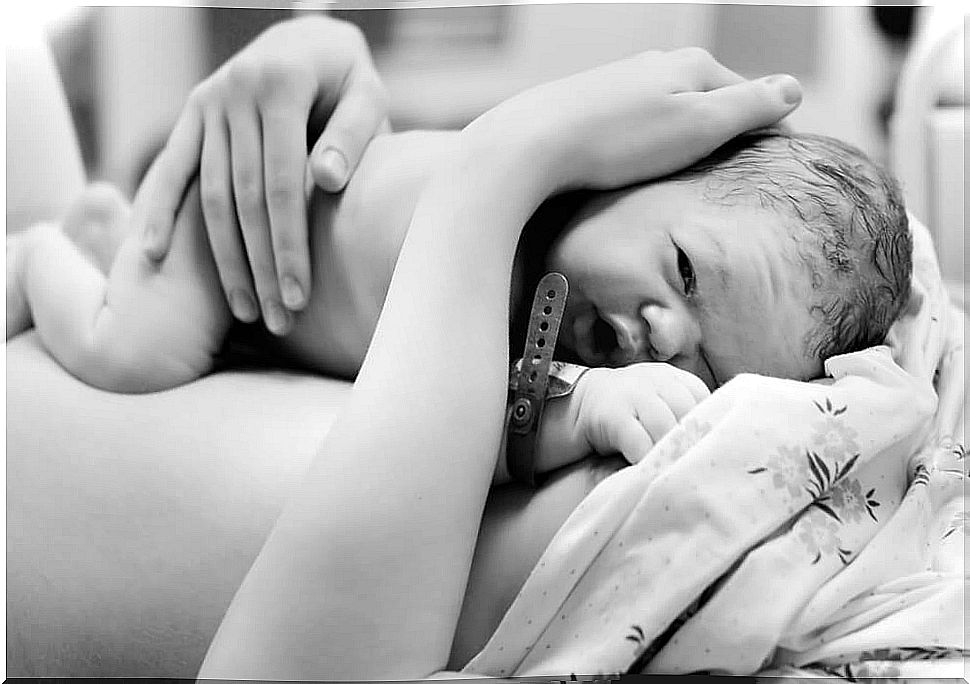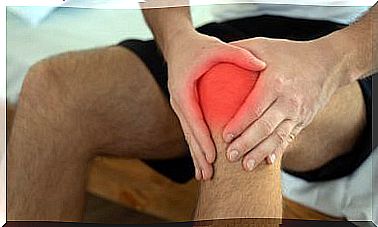Episiotomy: Definition And Types
An episiotomy is a surgical incision in the woman’s perineum to facilitate delivery. The perineum is the region of the body that extends from the genitals to the anus. Very important muscles are located in this area, such as the levator ani muscle, the constrictor muscle of the vagina and the ischiocavernosus muscle, among others.
In vaginal deliveries there is an increase in pressure exerted by the head of the fetus. If the wall tension does not decrease, a vaginal tear can occur. The risk is higher in women who have never had children, since with childbirth the tissue elongates and the baby can exit through the canal more easily.
For this reason, an episiotomy helps deliver smoothly. However, taking into account the area in which we are, the patient is not without risks, especially infections in the wound.
Why is an episiotomy performed?

The main indication for an episiotomy is fetal distress. When the baby is in the second stage, it can become trapped if the walls of the vagina are too narrow.
In this case, the oxygen supply to the baby would not be adequate and the risk of neurological disorders increases. To avoid this, the benefits of episiotomy are considered to outweigh the possible complications arising from the incision.
However, this practice should only be performed when necessary. A few years ago it was practiced in a general way, but it is important to remember that it is still a surgical intervention. That is, if it can be avoided, it is preferable not to do it so that postpartum recovery is easier.
If the baby is large, he may suffer from shoulder dystocia. This situation is known as a gross fetus and, of course, it will have more difficulty exiting through the birth canal. In this case, episiotomy is a good option to help the baby.
Complications of episiotomy
However, there are special situations in which it is preferable to treat a vaginal tear versus an infection. This is the case of immunosuppressed patients who will have more problems to eliminate the microorganism.
We can highlight the main indications in which the episiotomy is performed:
- Delivery in pelvic presentation.
- Shoulder dystocia.
- Instrumental delivery with forceps or suction cup.
- Big babies.
- Fetal suffering.
- Very prolonged pushing stage.
Likewise, the main risks and complications of this practice are:
- Hemorrhage.
- Tear
- Infection.
- Perineal pain
- Hematoma.
What types of episiotomy are there?

Depending on the region in which the cut is made, the episiotomy can be classified into several types. Those most frequently performed in clinical practice are the following:
- Medial episiotomy is one of the most commonly performed types since recovery is simpler. However, it is associated with damage to the anal sphincter, so you have to be careful and make the smallest possible cut. It supposes a smaller loss of blood when it is compared with other varieties of the technique.
- On the other hand, the mediolateral episiotomy is the most frequent. It can be practiced urgently by separating the skin from the buccal fossa with a finger and cutting at a 45º angle.
In the latter, the risk of tearing after the incision is reduced and offers great results with very small cuts. Its main disadvantage is that the bleeding is more abundant and the recovery is longer. It is more bothersome in postpartum recovery, but the rate of anal injuries and infections is greatly reduced.
Post-incision care
Regardless of the type of episiotomy that is performed, the patient must follow the care recommended by the gynecologist. It is important that the wound heals well as soon as possible so that the woman recovers from childbirth correctly and there are no injuries that could affect sexual life.
In general, within 4 weeks after delivery, the scar is practically completely healed. Although the recovery time varies from one person to another, with proper hygiene there are usually no serious complications.
However, if you have had an episiotomy and you are not comfortable, we recommend that you consult with your medical team to have it explored and rule out a wound infection. If so, the doctor will prescribe an antibiotic regimen.








